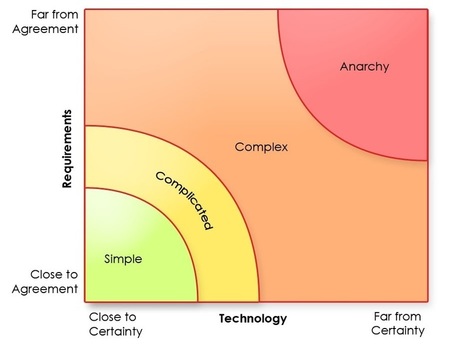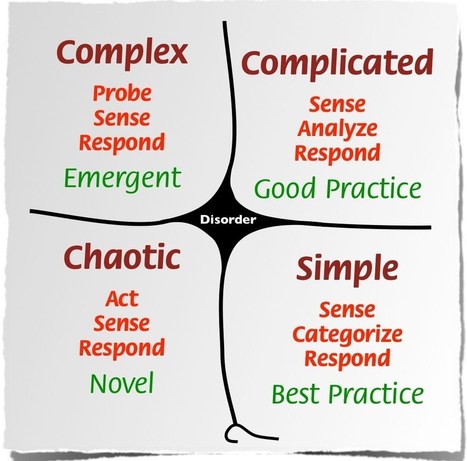
Exaptation - Wikipédia
Un article de Wikipédia, l'encyclopédie libre. Dans la théorie de l'évolution, l' exaptation est une adaptation sélective opportuniste, privilégiant des caractères qui sont utiles à une nouvelle fonction, pour laquelle ils n'avaient pas été initialement sélectionnés. Par exemple, les plumes des théropodes, initialement sélectionnées parce qu'elles assureraient leur thermorégulation, ont permis l'adaptation au vol.



 Your new post is loading...
Your new post is loading...












Confusion entre pré-adaptation, adaptation et exaptation
Entre 1901 et 1909, Lucien Cuénot élabore la théorie de la préadaptation qui rencontrera moins de succès que celle de l'exaptation « plus conforme aux standards scientifiques du XXe siècle », la formulation de Cuénot étant trop téléologique selon Gould et Vrba. Ces deux concepts se révèlent complémentaires : « la préadaptation concernerait le caractère avec sa fonction d'origine tandis que l'exaptation concernerait le caractère avec sa fonction dérivée3 ».
Bien que les termes adaptation et exaptation soient souvent associés, ils ont des sens distincts :
Bien souvent, la littérature parle de l’exaptation comme d’un phénomène secondaire à l’adaptation. Toutefois, une adaptation peut également se produire à la suite d’une exaptation. On dit alors qu’un caractère subit une exaptation primaire, suivie d’une adaptation secondaire4.
Types d'exaptation
On considère généralement deux grands types d'exaptation4 :